Hello, Everyone! Today we are here with another post to further our discussion about basic indexing operations in solr. Another basic need one faces in the indexed doc in solr is to change the doc contents. Solr supports three approaches to update a document with varied necessity.
Updating Parts of Documents
The first is atomic updates. This approach allows changing only one or more fields of a document without having to re-index the entire document.
The second approach is known as in-place updates. This approach is similar to atomic updates (is a subset of atomic updates in some sense), but can be used only for updating single valued non-indexed and non-stored docValue-based numeric fields.
The third approach is known as optimistic concurrency or optimistic locking. It is a feature of many NoSQL databases, and allows conditional updating a document based on its version. This approach includes semantics and rules for how to deal with version matches or mis-matches.
Atomic Updates (and in-place updates) and Optimistic Concurrency may be used as independent strategies for managing changes to documents, or they may be combined: you can use optimistic concurrency to conditionally apply an atomic update.
Atomic Updates
Solr supports several modifiers that atomically update values of a document. This allows updating only specific fields, which can help speed indexing processes in an environment where speed of index additions is critical to the application.
To use atomic updates, add a modifier to the field that needs to be updated. The content can be updated, added to, or incrementally increased if the field has a numeric type.
set- Set or replace the field value(s) with the specified value(s), or remove the values if ‘null’ or empty list is specified as the new value.
May be specified as a single value, or as a list for multiValued fields.
add- Adds the specified values to a multiValued field. May be specified as a single value, or as a list.
add-distinct- Adds the specified values to a multiValued field, only if not already present. May be specified as a single value, or as a list.
remove- Removes (all occurrences of) the specified values from a multiValued field. May be specified as a single value, or as a list.
removeregex- Removes all occurrences of the specified regex from a multiValued field. May be specified as a single value, or as a list.
inc- Increments a numeric value by a specific amount. Must be specified as a single numeric value.
Field Storage
The core functionality of atomically updating a document requires that all fields in your schema must be configured as stored (stored="true") or docValues (docValues="true") except for fields which are <copyField/> destinations, which must be configured as stored="false". Atomic updates are applied to the document represented by the existing stored field values. All data in copyField destinations fields must originate from ONLY copyField sources.
If <copyField/> destinations are configured as stored, then Solr will attempt to index both the current value of the field as well as an additional copy from any source fields. If such fields contain some information that comes from the indexing program and some information that comes from copyField, then the information which originally came from the indexing program will be lost when an atomic update is made.
There are other kinds of derived fields that must also be set so they aren’t stored. Some spatial field types, such as BBoxField and LatLonType, use derived fields. CurrencyFieldType also uses derived fields. These types create additional fields which are normally specified by a dynamic field definition. That dynamic field definition must be not stored, or indexing will fail.
Example Updating Part of a Document
If the following document exists in our collection:
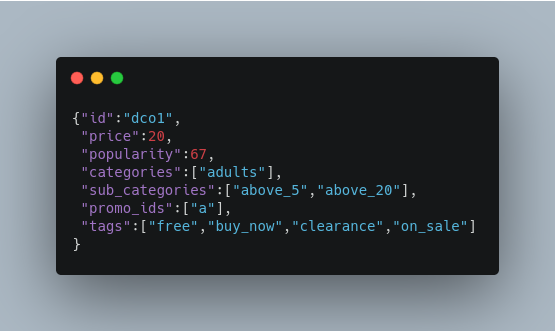
And we apply the following update command:
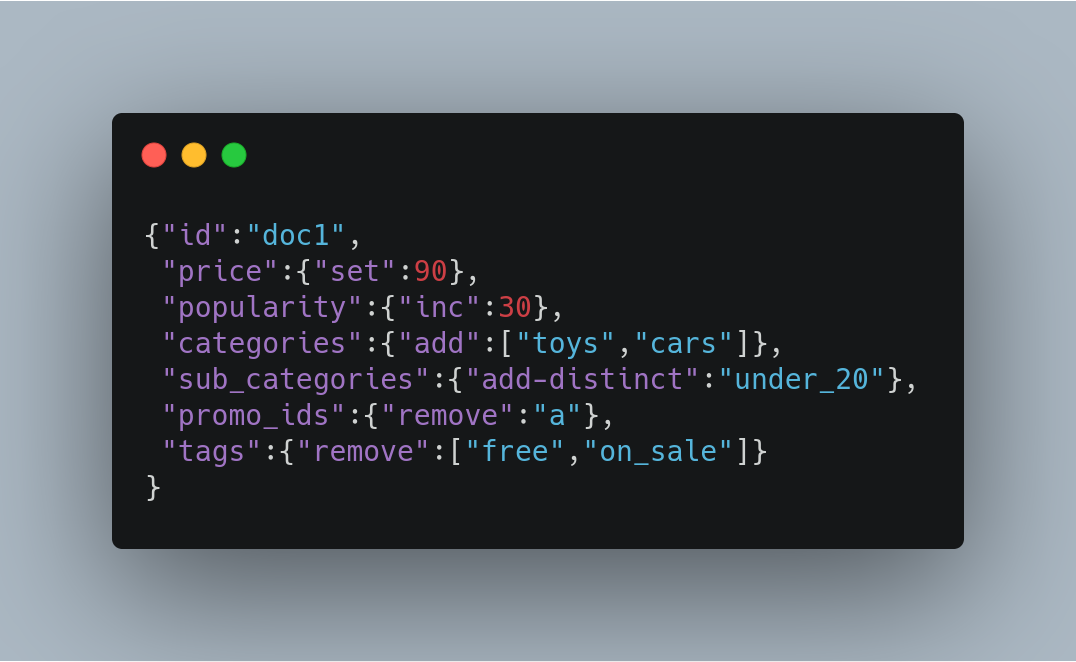
The resulting document in our collection will be:
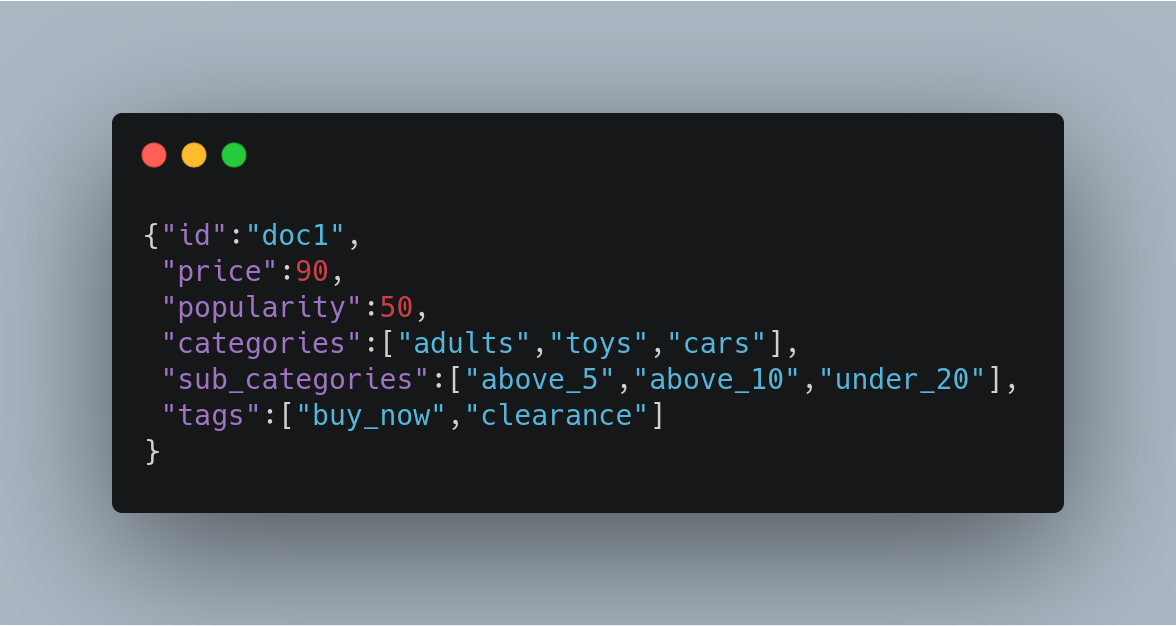
In-Place Updates
In-place updates are very similar to atomic updates; in some sense, this is a subset of atomic updates. In regular atomic updates, the entire document is re-indexed internally during the application of the update. However, in this approach, only the fields to be updated are affected and the rest of the documents are not re-indexed internally. Hence, the efficiency of updating in-place is unaffected by the size of the documents that are updated (i.e., number of fields, size of fields, etc.). Apart from these internal differences, there is no functional difference between atomic updates and in-place updates.
An atomic update operation is performed using this approach only when the fields to be updated meet these three conditions:
- are non-indexed (
indexed="false"), non-stored (stored="false"), single valued (multiValued="false") numeric docValues (docValues="true") fields; - the
_version_field is also a non-indexed, non-stored single valued docValues field; and, - copy targets of updated fields, if any, are also non-indexed, non-stored single valued numeric docValues fields.
To use in-place updates, add a modifier to the field that needs to be updated. The content can be updated or incrementally increased.
set- Set or replace the field value(s) with the specified value(s). May be specified as a single value.
inc- Increments a numeric value by a specific amount. Must be specified as a single numeric value.
Optimistic Concurrency
Optimistic Concurrency is a feature of Solr that can be used by client applications which update/replace documents to ensure that the document they are replacing/updating has not been concurrently modified by another client application. This feature works by requiring a _version_ field on all documents in the index, and comparing that to a _version_ specified as part of the update command. By default, Solr’s Schema includes a _version_ field, and this field is automatically added to each new document.
In general, using optimistic concurrency involves the following work flow:
- A client reads a document. In Solr, one might retrieve the document with the
/gethandler to be sure to have the latest version. - A client changes the document locally.
- The client resubmits the changed document to Solr, for example, perhaps with the
/updatehandler. - If there is a version conflict (HTTP error code 409), the client starts the process over.
When the client resubmits a changed document to Solr, the _version_ can be included with the update to invoke optimistic concurrency control. Specific semantics are used to define when the document should be updated or when to report a conflict.
- If the content in the
_version_field is greater than ‘1’ (i.e., ‘12345’), then the_version_in the document must match the_version_in the index. - If the content in the
_version_field is equal to ‘1’, then the document must simply exist. In this case, no version matching occurs, but if the document does not exist, the updates will be rejected. - If the content in the
_version_field is less than ‘0’ (i.e., ‘-1’), then the document must not exist. In this case, no version matching occurs, but if the document exists, the updates will be rejected. - If the content in the
_version_field is equal to ‘0’, then it doesn’t matter if the versions match or if the document exists or not. If it exists, it will be overwritten; if it does not exist, it will be added.
If the document being updated does not include the _version_ field, and atomic updates are not being used, the document will be treated by normal Solr rules, which is usually to discard the previous version.
When using Optimistic Concurrency, clients can include an optional versions=true request parameter to indicate that the new versions of the documents being added should be included in the response. This allows clients to immediately know what the _version_ is of every document added without needing to make a redundant /get request.
Following are some examples using versions=true in queries:

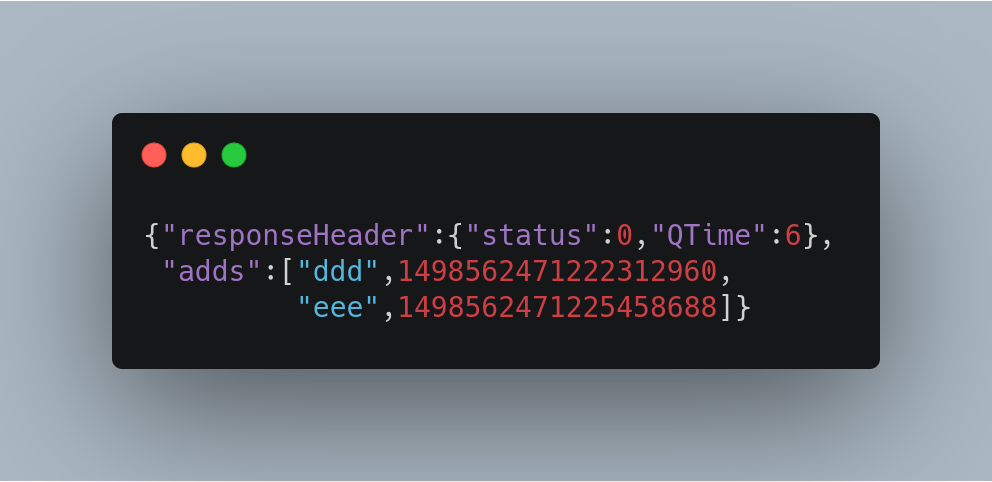
In this example, we have added 2 documents “ddd” and “eee”. Because we added versions=true to the request, the response shows the document version for each document.


In this example, we’ve attempted to update document “ddd” but specified the wrong version in the request: version=999999 doesn’t match the document version we just got when we added the document. We get an error in response.

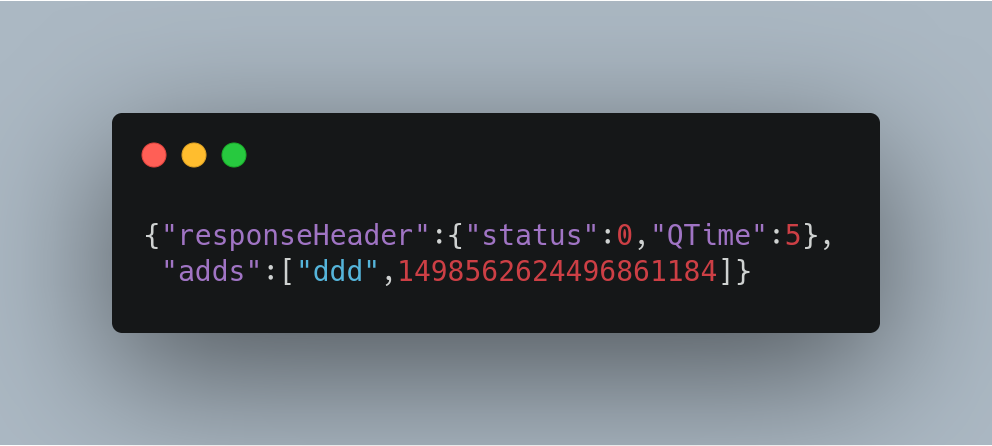
Now we’ve sent an update with a value for _version_ that matches the value in the index, and it succeeds. Because we included versions=true to the update request, the response includes a different value for the _version_ field.
So, this is it about today. Stay tuned for another post very soon.

Manoj Kumar is a seasoned Digital Marketing Manager and passionate Tech Blogger with deep expertise in SEO, AI trends, and emerging digital technologies. He writes about innovative solutions that drive growth and transformation across industry.
Featured on – YOURSTORY | TECHSLING | ELEARNINGINDUSTRY | DATASCIENCECENTRAL | TIMESOFINDIA | MEDIUM | DATAFLOQ









